Views : 743
Author : Zoe
Update time : 2024-12-12 17:37:07
What is bamboo fiber?
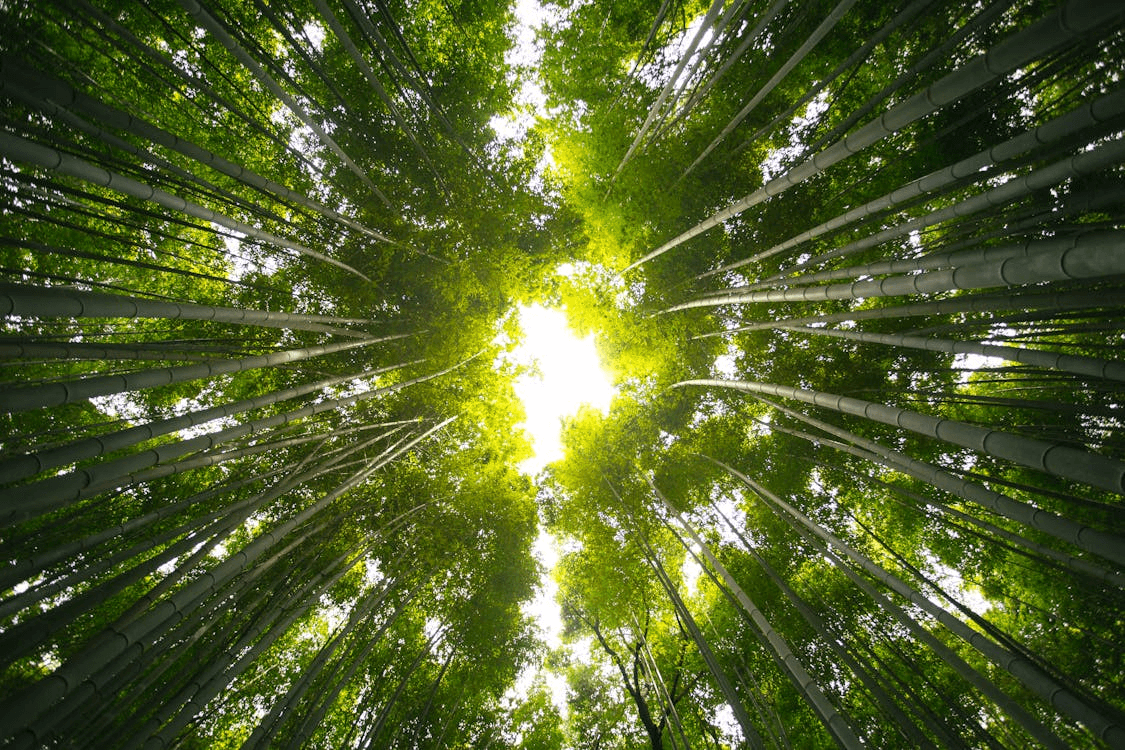
The term "bamboo fabric" encompasses various textiles derived from the bamboo plant. While bamboo has been used to create fabrics for centuries, modern advancements have refined the process, turning this durable and fast-growing plant into a versatile material.
The sustainability of bamboo fabric varies. Some production methods are eco-friendly and ethically sound, while others can have negative environmental or social impacts. To make informed choices, it’s essential to understand the complexities of the bamboo textile industry and the different manufacturing processes involved.
How Is Bamboo Fabric Made?
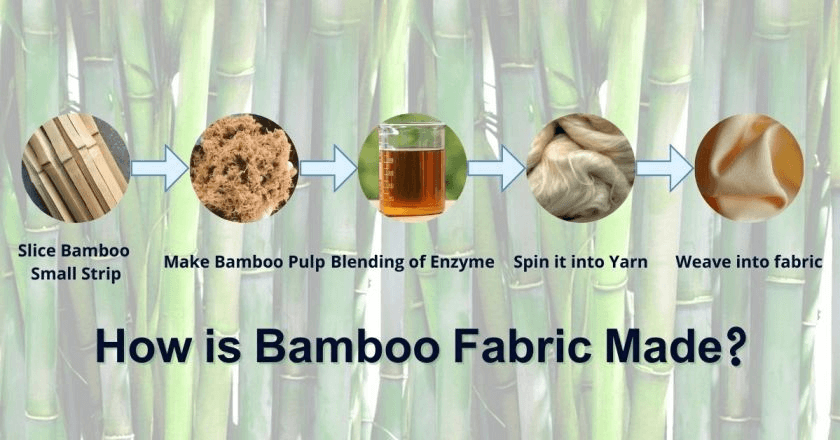
1. Harvesting Bamboo
Bamboo plants are harvested, usually when they are 3–5 years old, as this is when they are at their strongest and most fibrous. Bamboo grows quickly, often without the need for pesticides or fertilizers, making it an environmentally friendly resource.
2. Processing the Bamboo
There are two main methods to process bamboo into fabric:
a. Mechanical Process
This process involves crushing the bamboo stalks into a pulp and then using natural enzymes to break it down further into a mushy mass. The fibers are then combed out and spun into yarn. This method is more eco-friendly but labor-intensive and produces a texture similar to linen.
b. Chemical Process (Viscose/Rayon)
In this method, bamboo is broken down with a chemical solution, usually sodium hydroxide and carbon disulfide, to create a viscous liquid. This liquid is then forced through spinnerets to form fibers, which are solidified and spun into yarn. Although this process creates a softer, silk-like fabric, it requires careful management to minimize environmental impact.
3. Spinning the Yarn
The extracted fibers, whether from the mechanical or chemical process, are spun into yarn. This yarn can then be woven or knitted to create bamboo fabric.
4. Dyeing and Finishing
The fabric is dyed in various colors and treated to achieve the desired softness, strength, and durability. Bamboo fabric is naturally breathable, moisture-wicking, and hypoallergenic, making it ideal for a wide range of products.
How Is Bamboo Fabric Used?
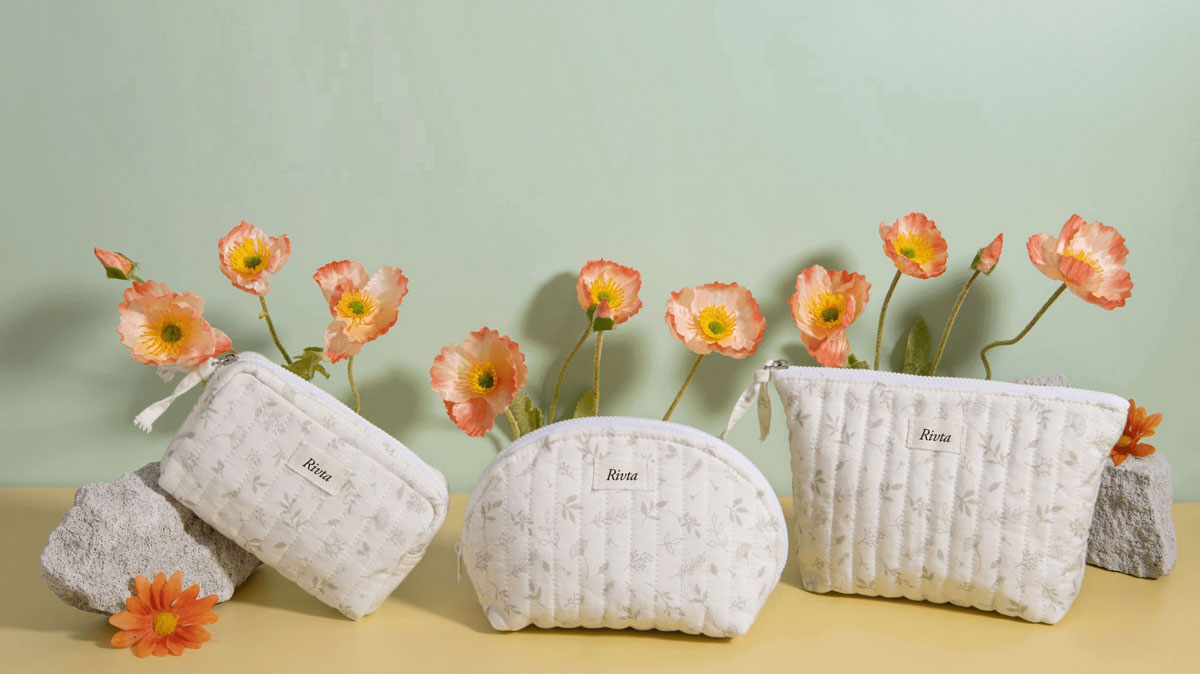
Bamboo fabric is a versatile and sustainable material widely used across various industries. Its unique properties, such as softness, breathability, and eco-friendliness, make it ideal for numerous applications. Here are the main ways bamboo fabric is used:
1. Clothing and Apparel
Bamboo fabric is popular in the fashion industry for its softness, moisture-wicking capabilities, and durability. Common uses include:
- T-Shirts and Tops: Lightweight and breathable, ideal for casual wear.
- Activewear and Yoga Clothing: Moisture-wicking and odor-resistant properties make it perfect for sportswear.
- Undergarments and Socks: Hypoallergenic and breathable, providing comfort for sensitive skin.
- Maternity and Baby Wear: Soft and gentle fabric ideal for delicate skin.
2. Home Textiles
Bamboo fabric is increasingly used for home products due to its luxurious feel and practicality. Examples include:
- Bedding and Linens: Bamboo sheets and pillowcases are soft, cooling, and moisture-absorbing.
- Towels and Bathrobes: Highly absorbent and quick-drying, bamboo towels are perfect for bathrooms.
- Curtains: Lightweight and natural, bamboo fabric provides a clean, eco-friendly aesthetic.
3. Personal Accessories
Bamboo fabric’s smooth texture and durability make it suitable for:
- Reusable Bags: An eco-conscious alternative to plastic.
- Scarves and Hats: Soft and lightweight, perfect for year-round use.
4. Baby and Child Products
Bamboo’s hypoallergenic and antibacterial properties make it ideal for baby essentials such as:
- Swaddles and Blankets: Soft and cozy for babies’ sensitive skin.
- Cloth Diapers: Eco-friendly and highly absorbent.
5. Medical and Wellness Products
The antibacterial and breathable nature of bamboo fabric lends itself to medical applications, including:
- Face Masks: Comfortable for extended wear.
- Bandages: Gentle on the skin and sustainable.
6. Eco-Friendly Lifestyle Products
Bamboo fabric supports sustainable living with products like:
- Reusable Wipes and Cleaning Cloths: Durable and biodegradable.
- Sanitary Pads and Liners: A greener alternative to synthetic materials.
Reasons Why Bamboo is Eco-Friendly
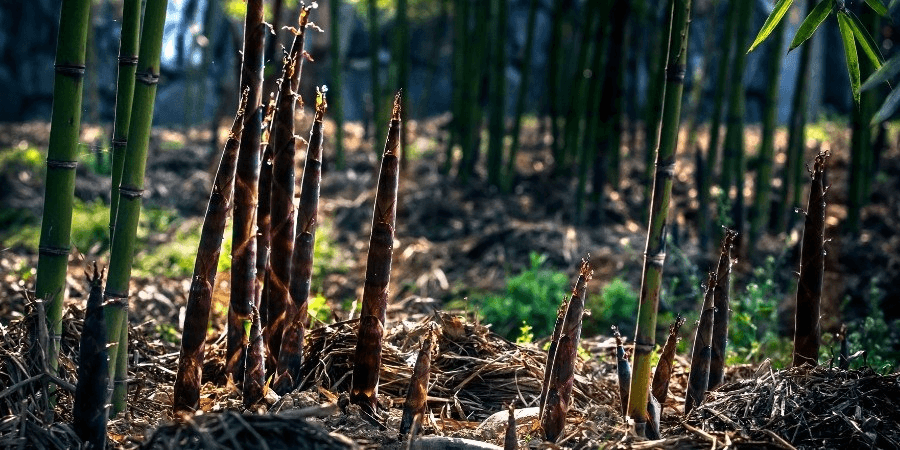
Bamboo is a highly sustainable and environmentally friendly resource due to its unique characteristics and benefits. Key reasons include:
- High Carbon Absorption and Oxygen Production: Bamboo plantations absorb up to 12 tons of carbon dioxide per hectare annually and release 35% more oxygen than an equivalent area of trees.
- Rapid Growth: Certain bamboo varieties can grow up to 3 feet per day, reaching maturity in 1 to 5 years, significantly faster than trees.
- Frequent Harvesting: Bamboo can be harvested every 3 to 5 years, compared to the 30+ years required for timber.
- High Yield: Bamboo can produce up to 20 times more timber per hectare than traditional trees.
- Natural Resistance: It is naturally resistant to pests and diseases, reducing the need for chemical pesticides.
- Regrowth Ability: Bamboo regenerates naturally after harvesting without needing to be replanted.
- Soil Stabilization: Its deep root system prevents soil erosion by holding the soil together effectively.
- Biodegradability: Bamboo is fully biodegradable and compostable if no chemicals are added during processing.
- Resource Efficiency: Producing bamboo uses less energy and fewer resources compared to materials like wood or steel.
- Low Transportation Impact: Its lightweight nature results in a smaller carbon footprint during transportation.
- Adaptable Growth: Bamboo thrives in diverse conditions, including challenging environments like wetlands and hillsides.
- Minimal Waste: Nearly all parts of the bamboo plant can be utilized, making it a low-waste resource.
Summary of Bamboo Fiber
Bamboo fiber refers to textiles made from the bamboo plant, a fast-growing and versatile resource. Modern innovations have refined the process of converting bamboo into fabric, making it a popular material for various applications. While some bamboo fabrics are produced sustainably and ethically, others may involve harmful practices that impact the environment or workers. Understanding the production methods and industry dynamics is crucial for making eco-conscious and responsible choices when selecting bamboo fabrics.
Related News
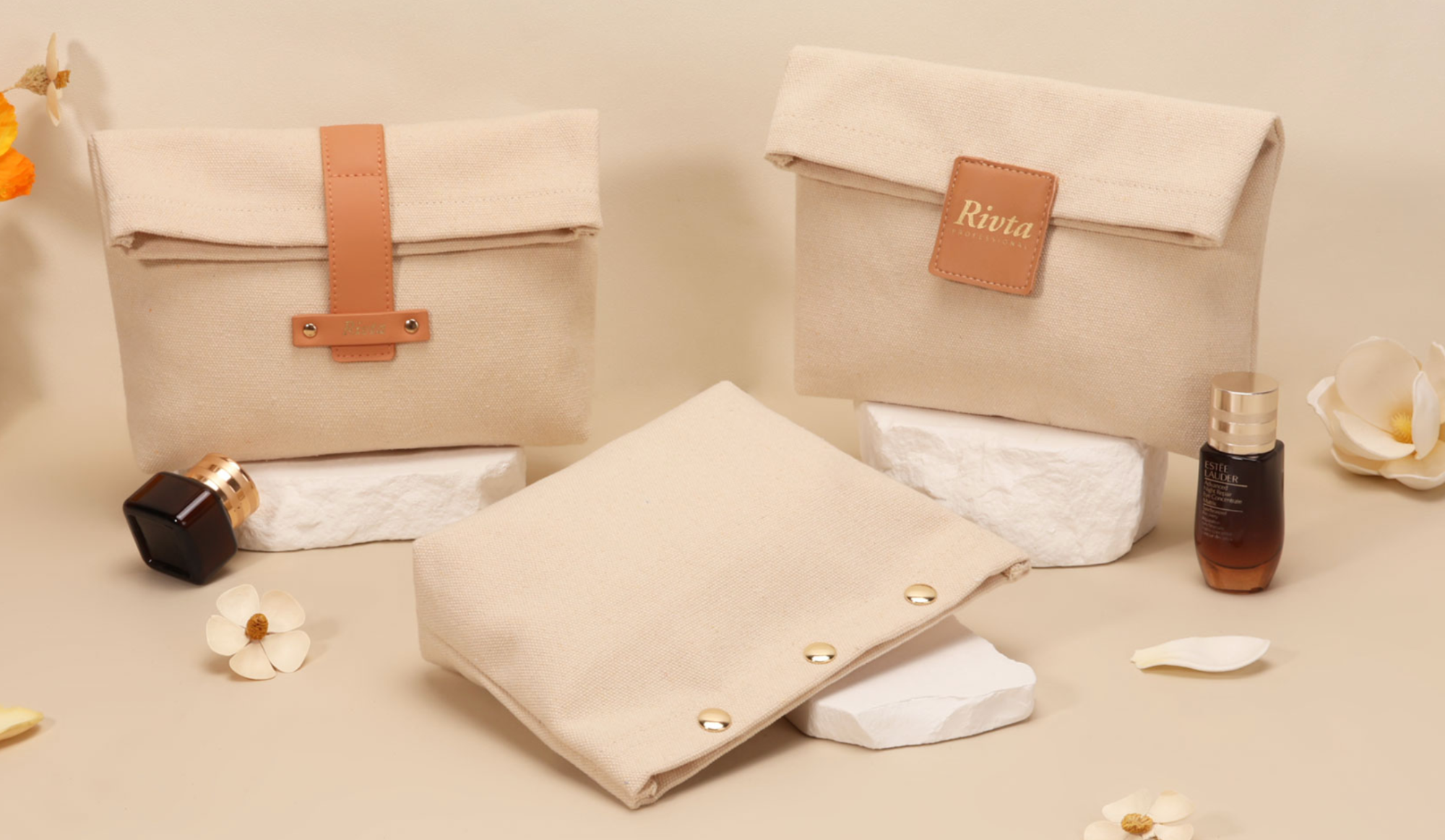
How Custom Canvas Bags Help Skincare Brands Stand Out in Retail Promotions and Sampling
Aug .05.2025
In today's competitive skincare market, brands constantly seek innovative ways to create memorable experiences. While product efficacy is paramount, packaging and promotional materials have become powerful tools for differentiation and consumer engagement
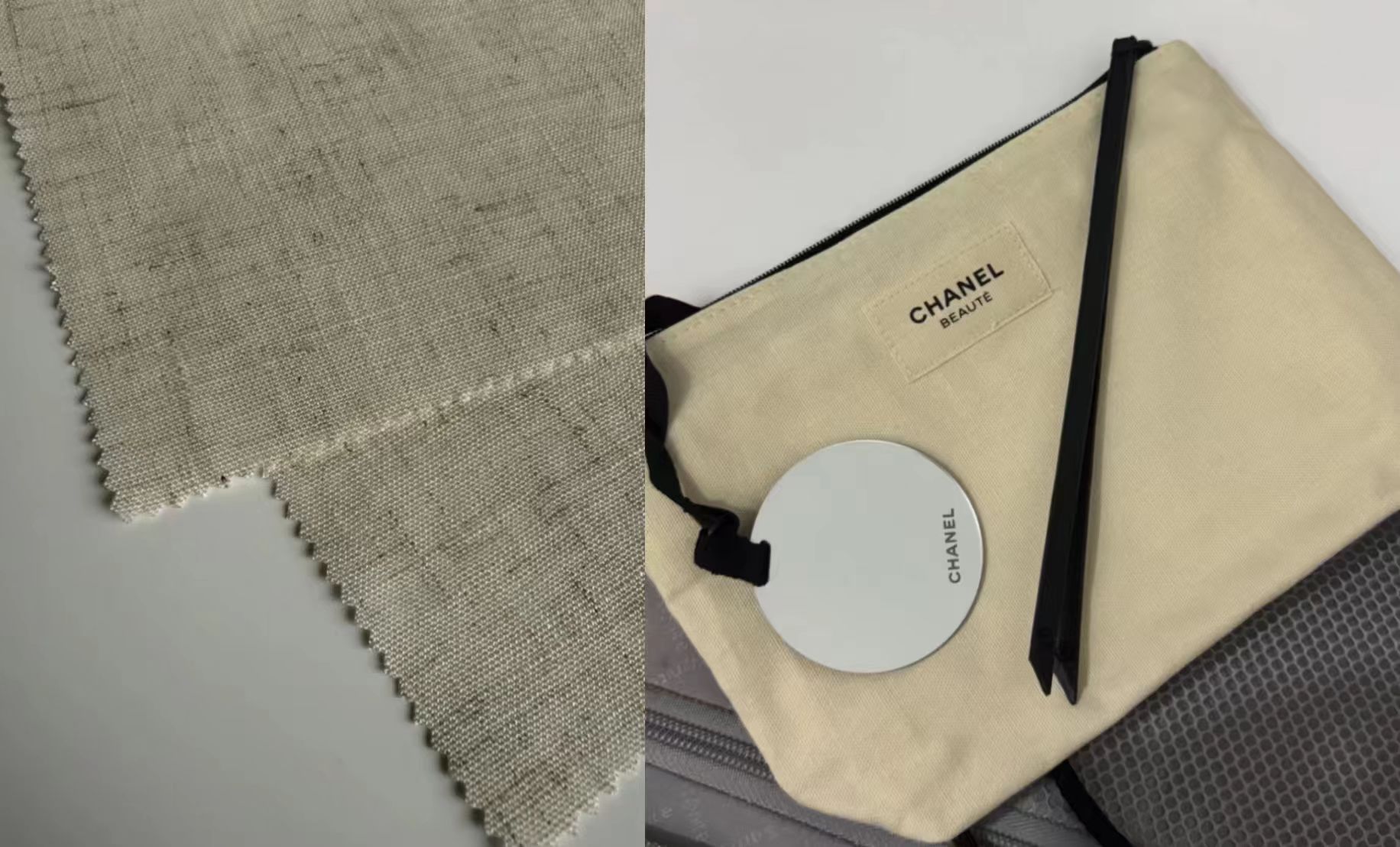
The Natural Choice That Sells Itself: How Linen Cotton Bags Transform Your Brand Into a Lifestyle Statement
Aug .04.2025
Consumers today expect brands to reflect their values, and few choices speak sustainability louder than natural fabrics. Linen–cotton bags blend the charm of linen with the softness of cotton, creating a reusable accessory that reinforces a brand's eco-fr
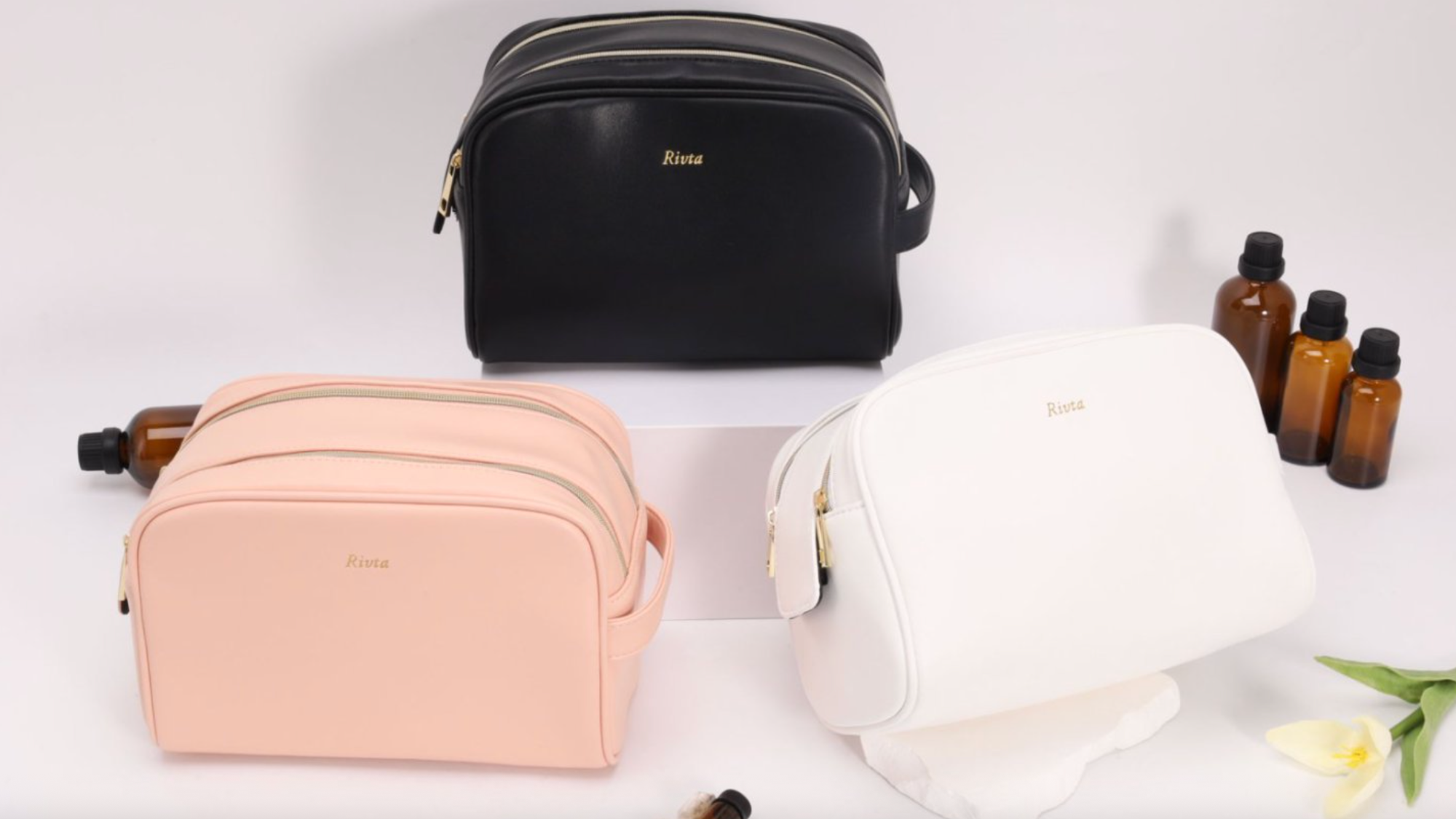
How Premium Cosmetic Bags Boost Engagement at Skincare Events
Aug .01.2025
In the dynamic world of beauty, particularly within the skincare sector, the landscape of consumer interaction is rapidly evolving. Gone are the days when a simple product display sufficed. Today, brands are challenged to create immersive, memorable exper
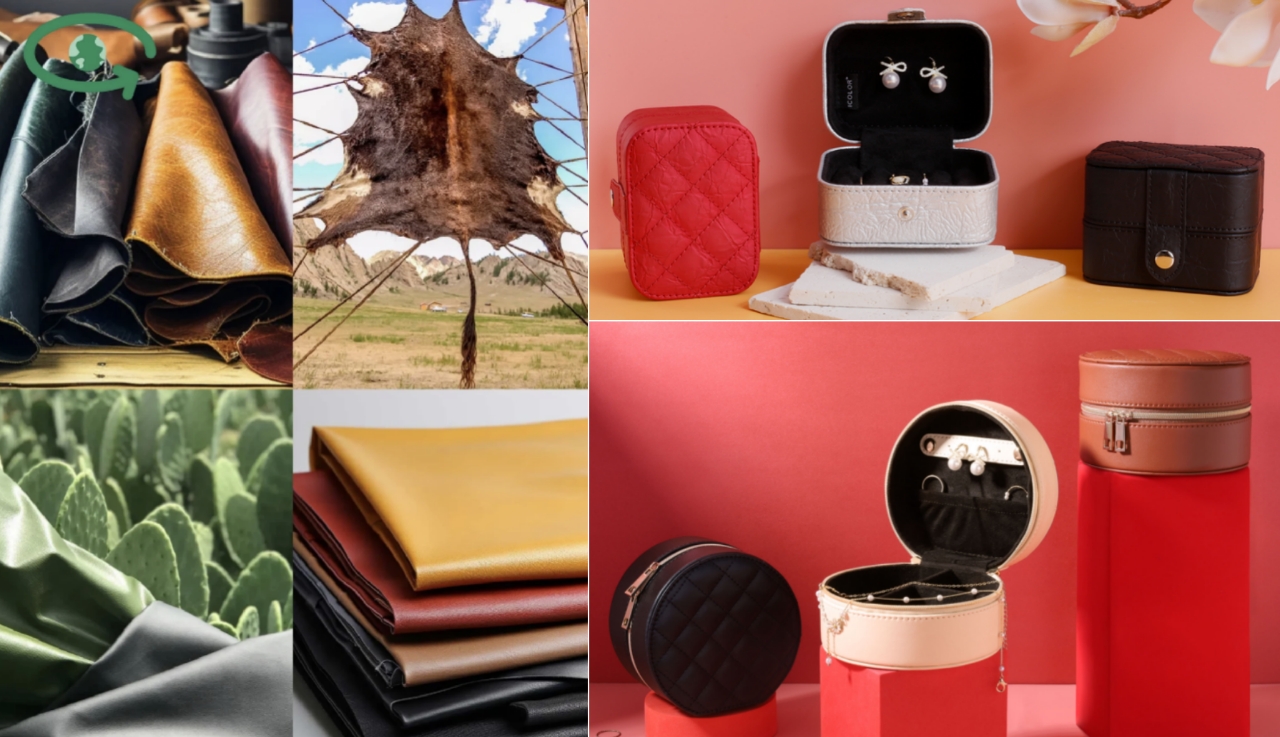
Vegan Leather Makeup Cases: The Sustainable Gifting Solution for Skincare Brands in 2026
Jul .31.2025
As the beauty industry evolves, skincare brands are under increasing pressure to align with consumer values like sustainability while delivering functional, stylish products.

















